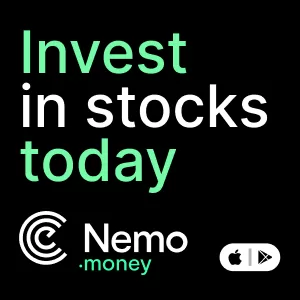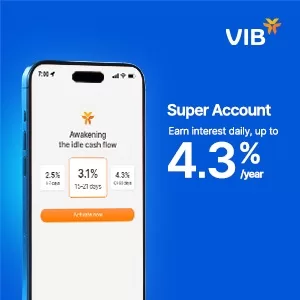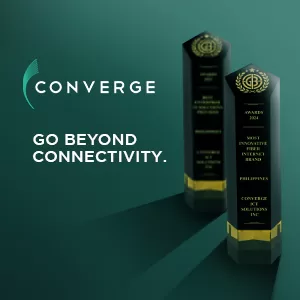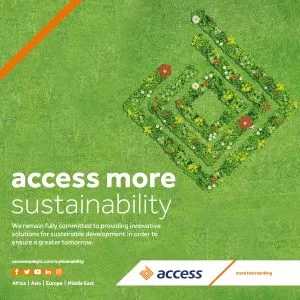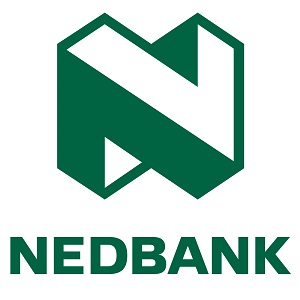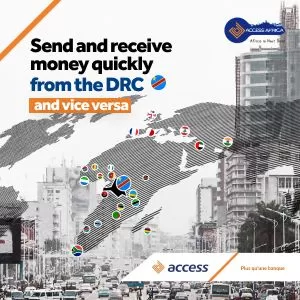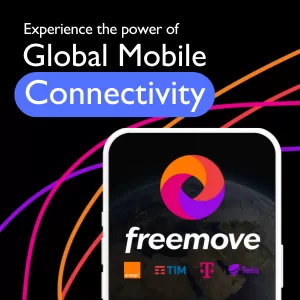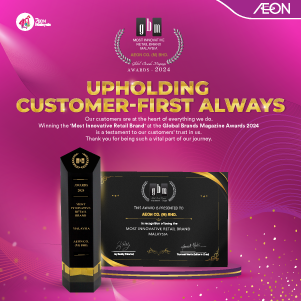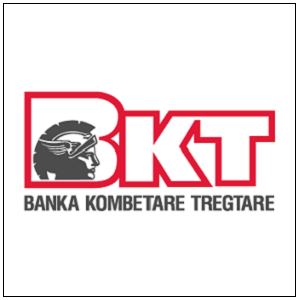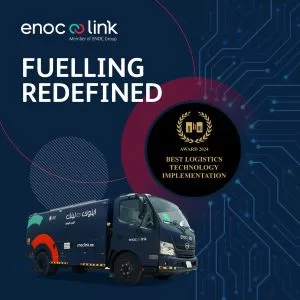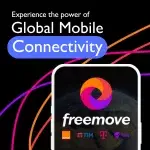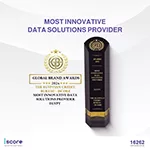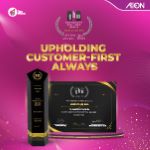Technology
Meet Genspark: The AI Assistant That Gets Your Vibe—and Your To-Do List

- Discover how a new approach to AI workflows is enabling brands to work faster and smarter.
- Understand why vibe coding might be the blueprint for future enterprise automation.
Every few years, a new working style changes how businesses operate. Agile methodology has once transformed software development. Remote work reshaped office culture. Now, a different shift is happening in how we interact with artificial intelligence—and it’s being called vibe coding.
At first glance, it might sound like a buzzword. But beneath the surface is a serious rethinking of how autonomous AI agents can streamline work. This isn’t about creating ever-smarter assistants but about providing AI with contextual awareness and goal orientation, with independent action instead of micromanagement.
What Exactly is Vibe Coding?
Vibe coding provides an interaction model for AI that mainly pitches broad, conversational sorts of prompts rather than stepwise instructions. Tell a tool what to do in a specific way, or rather, tell it what you want to do. The AI, then, by having intelligence in natural language comprehension, determines the way to get there.
This freedom allows AI to dynamically course-correct as needed. It picks up tools and tracks pertinent data. It doesn’t get glued to preset pathways.
How It Works
- Start with a broad prompt, like “help plan a product launch”.
- The AI selects suitable tools, sequences, and outputs.
- You can change direction midway. The agent adjusts.
Instead of toggling between five platforms, you simply describe the outcome you want. The AI manages the rest—market research, content creation, visuals.
Genspark Super Agent: A Case Study in Action
Among the most advanced implementations of vibe coding today is the Genspark Super Agent. Built by a team in Palo Alto, this product is designed to be more than an assistant. It acts as a self-directed collaborator that handles complex, multistep tasks based on a single prompt.
The Super Agent integrates nine large language models (LLMs) and more than 80 tools. It uses this range to dynamically select the best resource for each step. Whether it’s summarising documents, booking meetings, or analysing trends, the platform finds the right model and tool.
Real-World Examples
- Made a restaurant reservation via synthetic voice.
- Generated a full travel itinerary within minutes.
- Created a 60-second animated video using only a prompt.
The system can even backtrack if an output doesn’t meet expectations. That makes it one of the most adaptive agentic platforms available.
Why This Matters for Brands in the UK and Globally
Brands rely on fast, responsive workflows. But today’s marketing and strategy tools are scattered. Managing them takes time. Vibe coding lets you centralise your efforts. Not by adding another dashboard, but by using AI that connects your existing tools through intent-driven prompts.
Performance Data
Genspark’s reported growth—from zero to $36 million in ARR within 45 days—suggests strong demand. While specific claims like a 70% reduction in task time haven’t been independently verified, users across different sectors have reported marked gains in task turnaround and content quality.
Vibe Coding vs Agentic Coding: What’s the Difference?
Though often used together, the terms describe different approaches:
- Vibe coding: Human-in-the-loop. You steer the process with prompts.
- Agentic coding: Fully autonomous. You define the goal; the AI handles the rest.
Use Each Where It Fits
- Vibe coding works well for brainstorming, campaigns, and creative work.
- Agentic coding is better suited for operations, dashboards, or reporting.
Many teams are mixing both—using vibe for ideation and agile for execution.
Everyday Use Cases for Vibe Coding
Campaign Creation
Prompt: “Create a three-week product launch plan with email and social outreach.” The agent drafts it, refines it based on your inputs, and updates the timelines.
Brand Audits
Ask for a sentiment analysis of your brand across UK outlets in the past quarter. The AI gathers data, performs tonal analysis, and delivers a presentation-ready summary.
Content Drafting
Whether it’s a press release or a landing page, vibe coding helps write it faster. You review and make changes, but the heavy lifting is handled.
Personal & Internal Tasks
Genspark’s agents have even generated resignation emails and internal memos. This shows the platform’s flexibility and user trust.
How to Start Using Vibe Coding
If you’re in a decision-making role, here’s how to trial this tech:
- Choose a process that blends creativity and repetition.
- Pick a platform—Genspark, Cognosys, or similar.
- Run a limited pilot with one or two teams.
- Measure improvements in time and quality.
- If results are strong, scale gradually.
What the Data Says
A Foundry survey shows that about 70% of CIOs plan to increase AI investments. Other surveys—such as those by PagerDuty—suggest that around 51% of companies already use autonomous agents in some capacity, with another 35% planning adoption in the next two years.
While exact numbers vary, the takeaway is clear: interest in agentic AI is real and growing. The earlier your brand adapts, the better your long-term edge.
Closing Thought
Vibe coding is not just a technical upgrade. It’s a shift in how work can be conceptualised and executed. By removing rigid structures and embracing dialogue with AI, teams unlock new speed, flexibility, and creativity.
Whether you’re in marketing, operations, or leadership, now is the time to explore how agentic AI fits into your ecosystem. Vibe coding may not replace your workflows, but it might just rewrite them.







